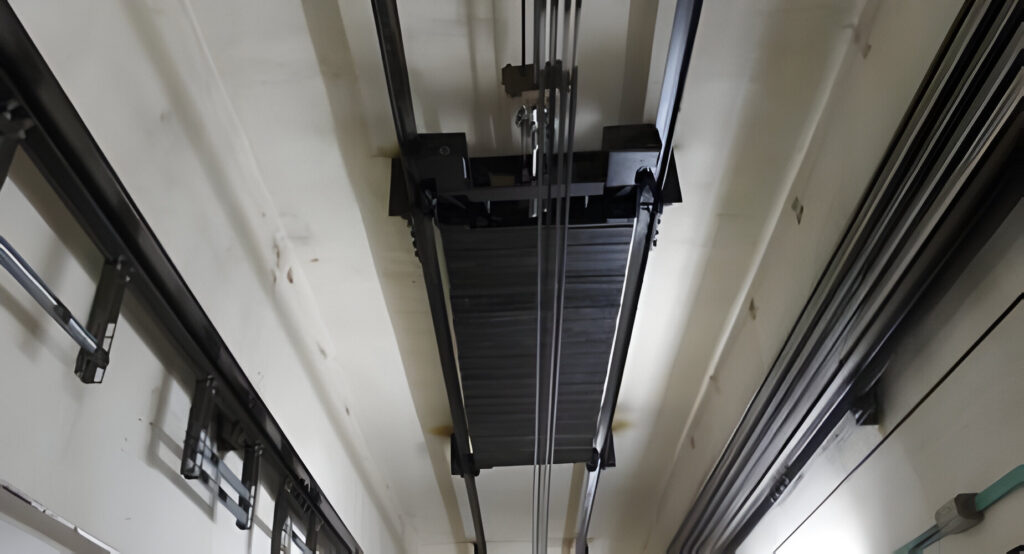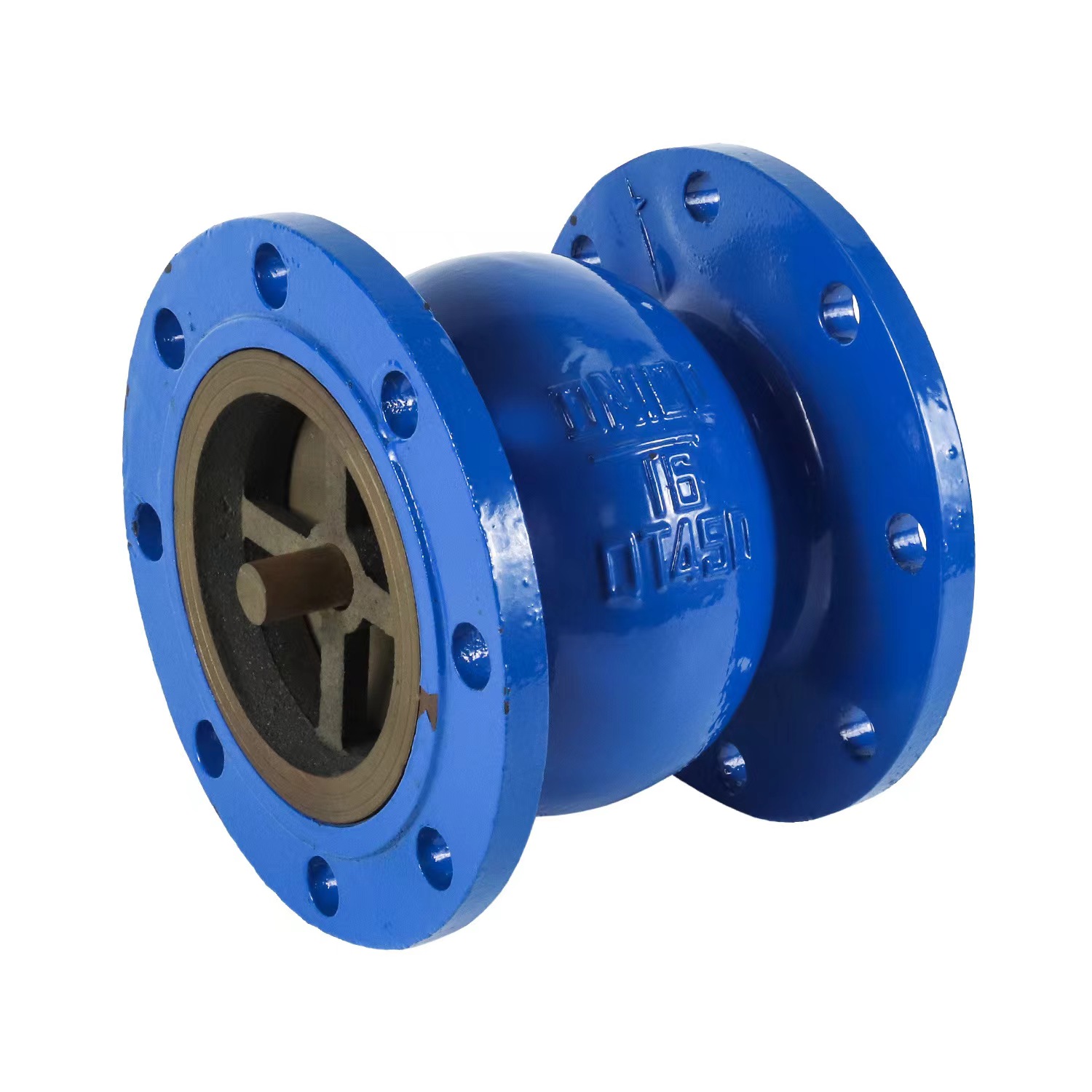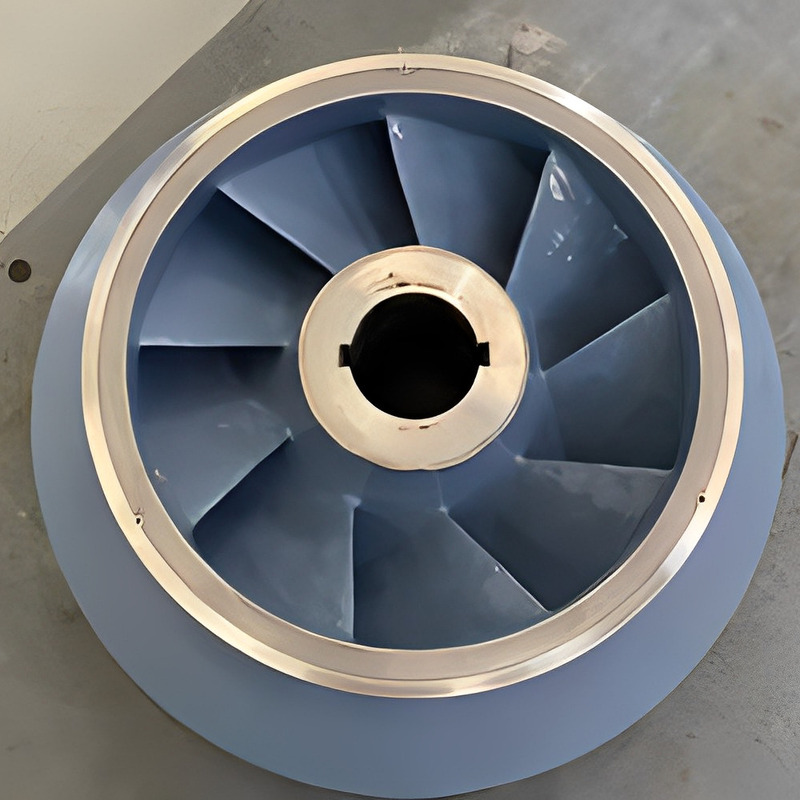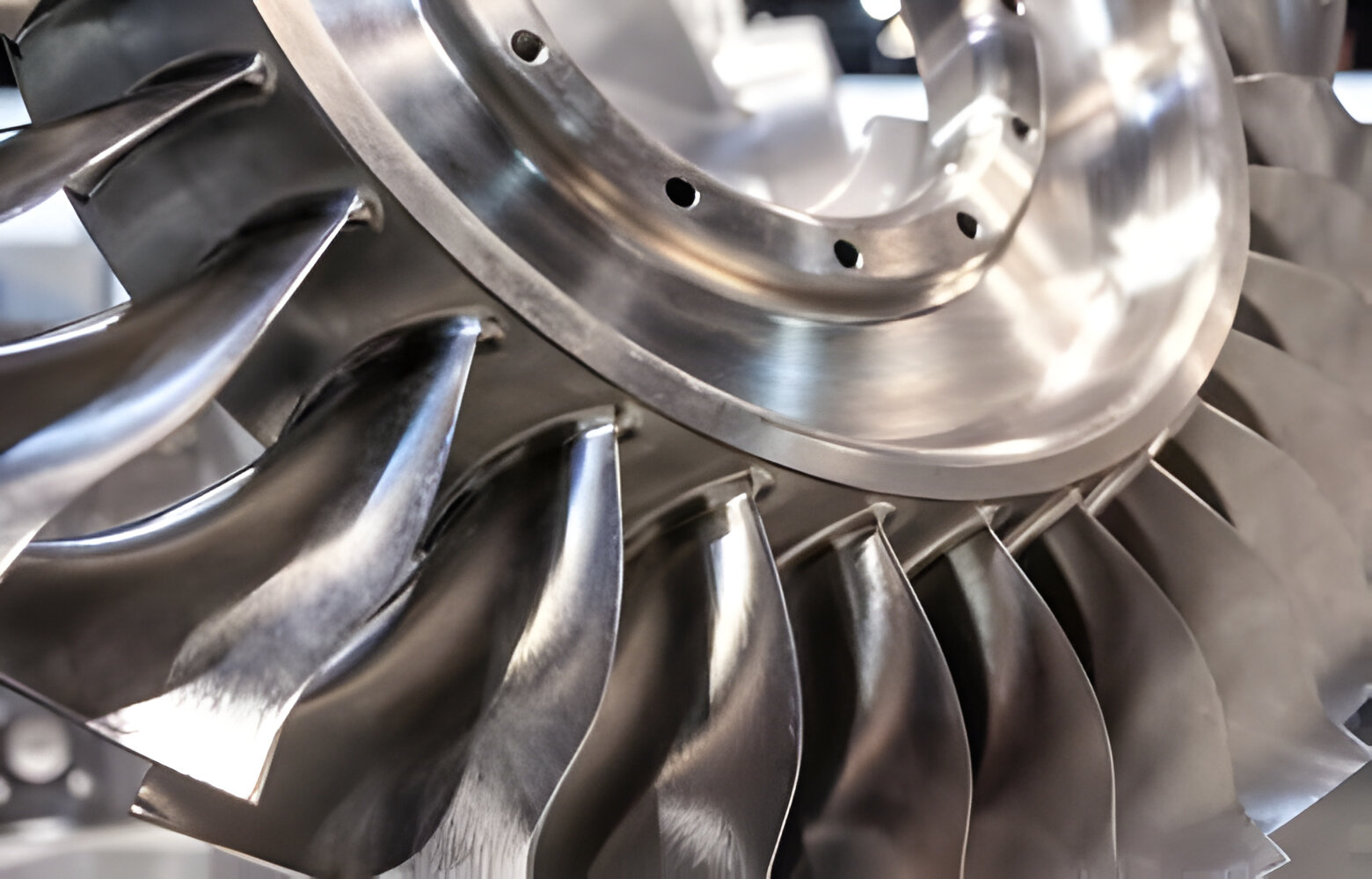In the realm of vertical transportation, elevators reign supreme, efficiently ferrying people and goods between floors in buildings of all shapes and sizes. Behind the scenes of this seemingly effortless journey lies a complex system of components, each playing a crucial role in ensuring smooth and safe operation. Among these components, the elevator balancing weight stands out as a silent hero, working diligently to maintain equilibrium and enhance performance.
Elevator balancing weight, also known as counterweights, plays a pivotal role in the operation of traction elevators, which are among the most common types used today. These elevators rely on a system of ropes or cables attached to a moving cab and a counterweight, allowing them to ascend and descend with ease. The counterweight serves to offset the weight of the elevator cab and its occupants, ensuring that the motor doesn't need to work harder than necessary to move the load.
One of the key factors in the design and installation of elevator counterweights is determining the optimal weight to achieve balance. Elevator engineers meticulously calculate the weight of the counterweight based on several factors, including the weight capacity of the elevator cab, the speed of operation, and the distance it needs to travel. By carefully calibrating the counterweight to match these variables, engineers can minimize energy consumption, reduce wear and tear on components, and maximize overall efficiency.
Counterweight elevators, also known as counterbalance elevators, utilize a similar principle but operate in a slightly different manner. Instead of a separate counterweight, these elevators incorporate a weight within the elevator cab itself. As the cab ascends, the weight within moves downward, and vice versa, helping to offset the load and maintain balance throughout the journey.
At the heart of every well-functioning elevator lies the concept of equilibrium, achieved through the careful balance of forces exerted by the elevator cab and its counterweight. This delicate balance not only ensures smooth and efficient operation but also enhances safety by minimizing the risk of sudden stops or malfunctions.
In addition to their functional benefits, elevator counterweights also offer practical advantages for building design and construction. By redistributing weight more evenly throughout the elevator shaft, counterweights help to reduce the structural load on the building, allowing for more flexible architectural designs and potentially lowering construction costs.
For those in the market for elevator counterweights or related components, KT-Foundry offers a comprehensive range of products designed to meet the highest standards of quality and performance. Our team of experts specializes in the design and manufacturing of precision-engineered counterweights tailored to the specific needs of each project.
Whether you're a building developer, elevator manufacturer, or maintenance professional, KT-Foundry has the expertise and resources to deliver custom solutions that optimize the performance and longevity of your elevator systems. Contact us today to learn more about our products and services and discover how we can help elevate your next project to new heights.






